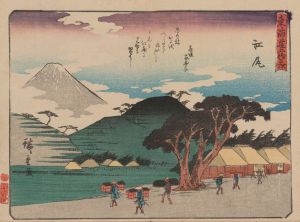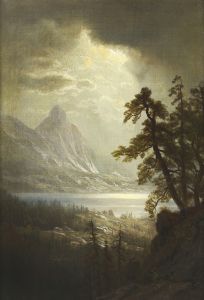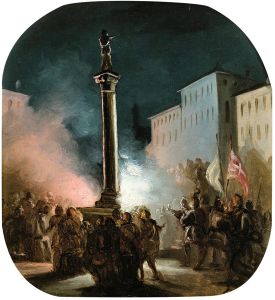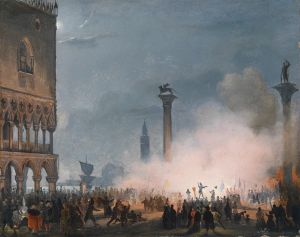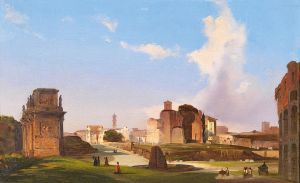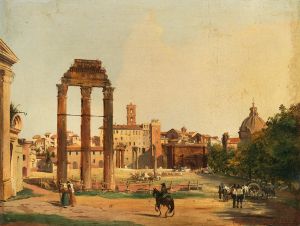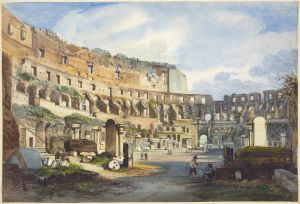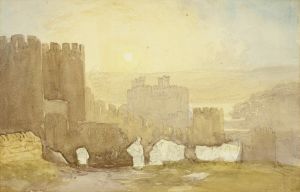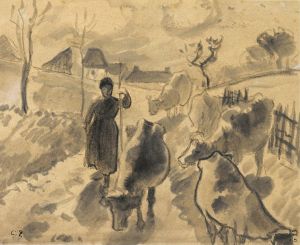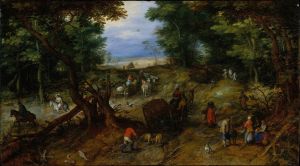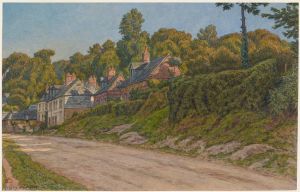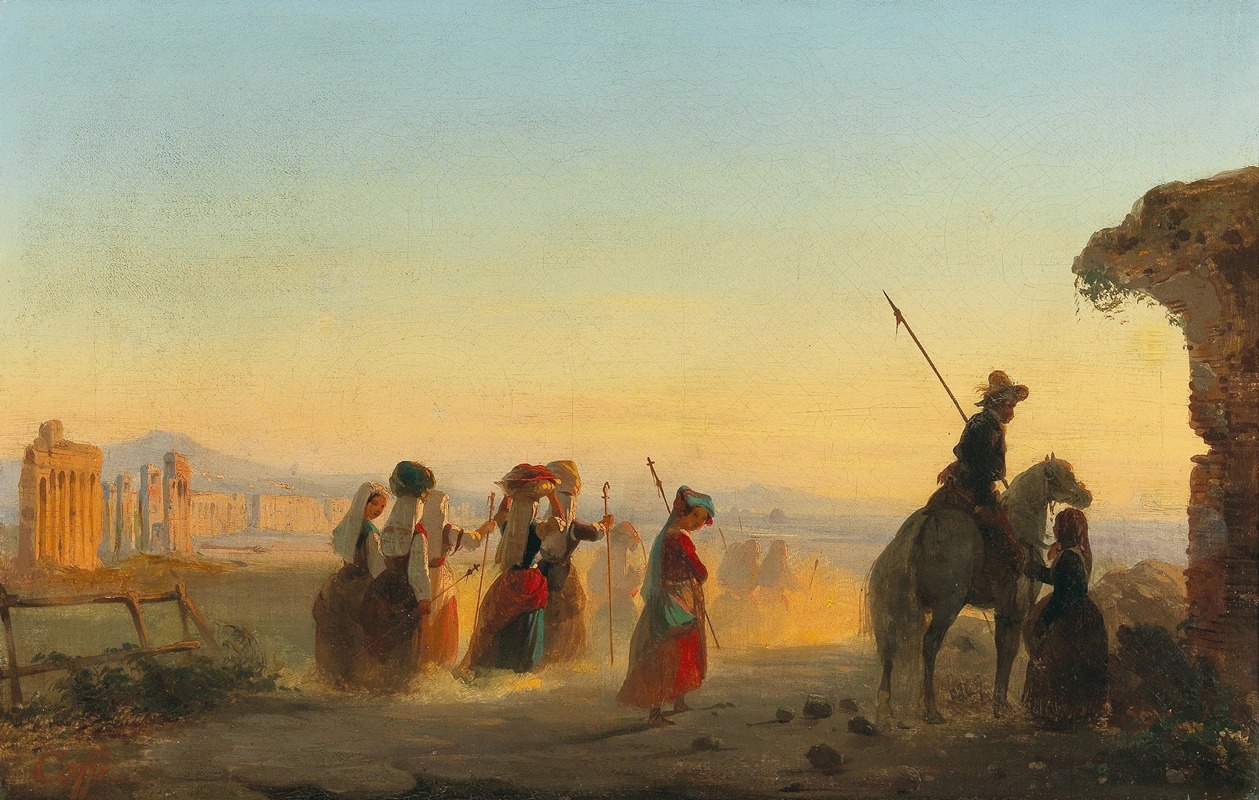
Rome, the Via Appia at Dawn
A hand-painted replica of Ippolito Caffi’s masterpiece Rome, the Via Appia at Dawn, meticulously crafted by professional artists to capture the true essence of the original. Each piece is created with museum-quality canvas and rare mineral pigments, carefully painted by experienced artists with delicate brushstrokes and rich, layered colors to perfectly recreate the texture of the original artwork. Unlike machine-printed reproductions, this hand-painted version brings the painting to life, infused with the artist’s emotions and skill in every stroke. Whether for personal collection or home decoration, it instantly elevates the artistic atmosphere of any space.
Ippolito Caffi's painting "Rome, the Via Appia at Dawn" is a notable work that captures the serene and atmospheric essence of one of Rome's most famous ancient roads, the Via Appia. Ippolito Caffi, an Italian painter born in 1809, was renowned for his landscapes and cityscapes, often depicting scenes with a keen sense of light and atmosphere. His works are characterized by their detailed representation and the ability to capture the mood of the moment, often focusing on the interplay of light and shadow.
The Via Appia, known as the "Queen of Roads," was one of the earliest and strategically most important Roman roads of the ancient republic. It connected Rome to Brindisi, in southeast Italy, and was crucial for military and economic purposes. The road is famous for its straightness and the engineering prowess it represents, with sections still visible today. Caffi's depiction of this historic road at dawn suggests a moment of tranquility and timelessness, capturing the road as it might have appeared in the early morning light.
Caffi's choice to paint the Via Appia at dawn is significant. Dawn, with its soft and diffused light, offers a unique opportunity to explore the subtle transitions of color and shadow. This time of day allows the artist to emphasize the textures and contours of the landscape and the ancient road itself. The painting likely showcases Caffi's skill in rendering atmospheric effects, a hallmark of his artistic style.
Throughout his career, Caffi traveled extensively, and his works often reflect his journeys and the places he visited. His travels took him across Italy and beyond, to places like Constantinople, Egypt, and Greece. These experiences enriched his artistic vision, allowing him to capture diverse landscapes and cityscapes with authenticity and depth. His paintings often serve as visual documents of the places he visited, providing insights into the 19th-century world.
"Rome, the Via Appia at Dawn" fits within Caffi's broader oeuvre, which frequently includes scenes of Rome and other Italian locales. His works are appreciated for their historical value as well as their aesthetic qualities. Caffi's ability to depict the interplay of natural and architectural elements makes his paintings valuable resources for understanding the visual culture of his time.
Caffi's life was marked by his dedication to his art, even in the face of political turmoil. He was involved in the Italian unification movement and participated in the Venetian uprising against Austrian rule in 1848. His political activities eventually led to his arrest and exile. Despite these challenges, Caffi continued to paint, producing works that reflect both his artistic skill and his commitment to capturing the world around him.
Today, Ippolito Caffi's paintings are held in various collections, and his work continues to be studied and appreciated for its contribution to 19th-century art. "Rome, the Via Appia at Dawn" remains a testament to his ability to convey the beauty and history of the landscapes he depicted. Through his art, Caffi offers viewers a glimpse into the past, capturing moments of quiet beauty and historical significance.





